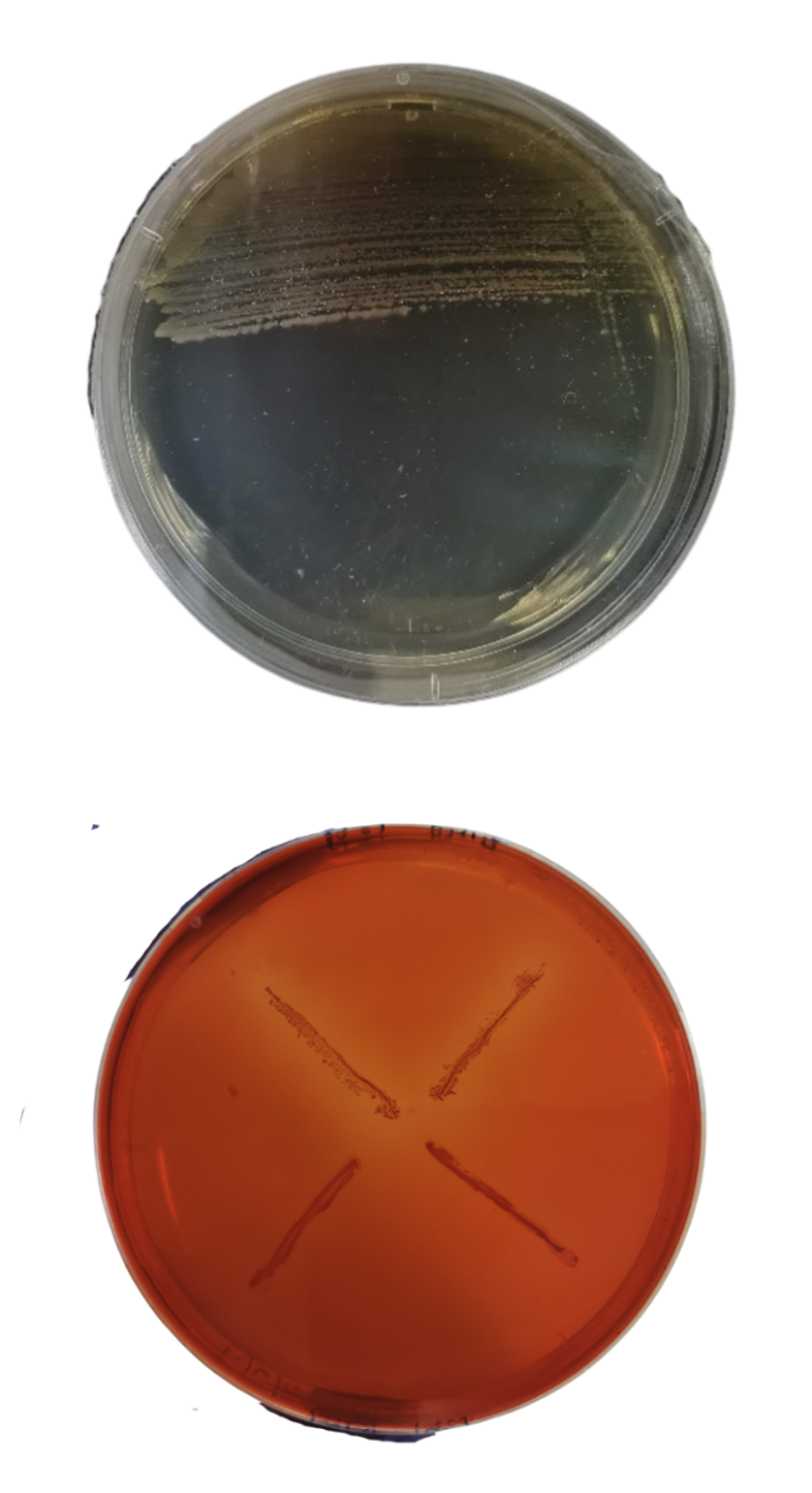VOLUME 17 (Supplement)

SciEnggJ 17 (Supplement) 304-320
available online: July 26, 2024
DOI: https://doi.org/10.54645/202417SupNVF-47
*Corresponding author
Email Address: nhtangana@up.edu.ph
Date received: January 5, 2024
Date revised: April 16, 2024
Date accepted: June 30, 2024
ARTICLE
Unveiling the genomic landscape: Whole genome draft and phenotypic profiling of Oceanobacillus sp. SE10311 isolated from Mount Makiling, Philippines
University of the Philippines Los Baños
2Institute of Biological Sciences, College of Arts and Sciences,
University of the Philippines Los Baños
3Department of Biochemistry and Molecular Biology, College of
Medicine, University of the Philippines Manila
4Department of Arts and Sciences, City College of Calamba
The genus Oceanobacillus remains one of the least understood groups of Bacillaceae due to limited information and a scarcity of accessions. With the full genome sequencing and partial phenotypic characterization of the cellulase and brown-pigment-producing Oceanobacillus sp. SE10311, an isolate from Mount Makiling, this study provided taxonomic, genomic, and functional insights into this bacterial discovery. The results showed that Oceanobacillus sp. SE10311 draft genome contained 3.946 million base pairs assembled from 137 contigs and 39.30 percent G+C. The whole genome phylogeny and pangenome analyses revealed the identity of Oceanobacillus sp. SE10311 as an isolate of Oceanobacillus indicireducens with greater than 98% genome similarity to the type strain of the species. The confirmed presence of the associated genes from the genome annotation rationalized the pigmentation and cellulose degradation of Oceanobacillus sp. SE10311. This research milestone presents Oceanobacillus sp. SE10311, with distinct chromogenic and cellulolytic properties as a completed whole genome-sequenced bacterial accession from the Philippines.
© 2026 SciEnggJ
Philippine-American Academy of Science and Engineering